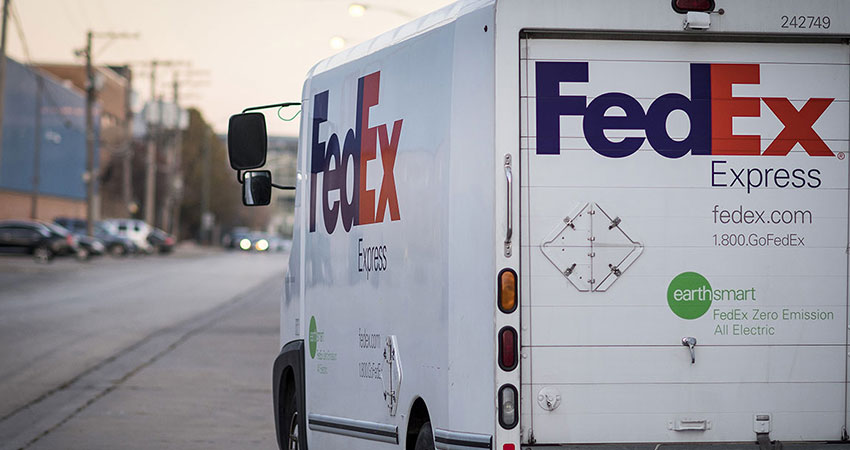FedEx detailed efforts to remove more than $6 billion in costs over time as capacity outstripped demand globally, while calling for the largest-ever rate increase of 6.9%, as analysts asked hard questions about operating missteps after a quarter with revenue up 6% but operating income down 18%.
The major carrier said the GRI for the freight division will range even higher, from 6.9% to 7.9%, depending on where a shipper falls based on a complex rate scale. This comes as package volume for the quarter was off 11% from a year ago, with losses partially offset by an increase in fuel surcharges
FedEx’s Q1 results were pre-announced a week ago, sending the stock tumbling and causing market jitters as CEO Raj Subramaniam talked of global recession on CNBC.
The FedEx executive team was hit hard by analysts on the earnings call, with one raising the specter of the company exiting unprofitable products or regions, keying on a just-completed integration of the 2016 TNT acquisition in Europe that has long been problematic. Another asked why UPS hasn’t raised the same economic and performance alarm bells.
“Dual Express and Ground pickup and delivery networks, I get it,” said Barclays analyst Brandon Oglenski on the earnings call, asking the team to address operating deficiencies. “I know that Express and Ground have different dynamics. However, your asset efficiency is literally half that of your nearest competitor, which is unionized, I might add. So, I guess why not use this downturn to put more concrete plans in place to exit markets or regions that aren’t working?”
FedEx president and CEO Raj Subramaniam acknowledged the operations issues in Europe, including a TNT integration that was finally completed in March, but said main competitor UPS has been there since 1974, creating a “portfolio gap” that FedEx is striving to bridge.
“Now, has the integration gone exactly the way we thought it would?” Subramaniam asked. “No, because we had the cyberattack, we had COVID, we had all kinds of things in the middle. But the integration is now complete, and that part is done.”
Saying service issues are improving in Europe, Subramaniam said the full integration of TNT was a “starting point,” adding “we are confident of the improvements that Europe is going to deliver for us over the next two or three years.”
The CEO said FedEx is targeting $2.2 billion to $2.7 billion in cost savings during fiscal 2023, including $1.5 billion to $1.7 billion from the Express unit, primarily through cutting flight hours, grounding planes and rationalizing line haul. In the Ground network, he said cost savings in the current year will run from $350 million to $500 million, including the unusual move of consolidating sortation operations as well as canceling network expansion projects.
Another $4 billion in cuts is planned by the end of fiscal 2025, executives said, and plans announced earlier this year to integrate its three operations units — Ground, Express and Freight — are moving ahead. Experts said at the time the call for changes was long overdue.
Last week, FedEx announced that Q1 revenue for Ground was off by $300 million vs. its estimate, while Express came in $500 lower. Adjusted operating income for Express plummeted, at $188 million vs. $660 million a year earlier. On Thursday’s call, EVP and Chief Customer Officer Brie Carere blamed the poor showing of Express on macroeconomic weakness in Europe and Asia, highlighting spot market rates that plunged in August to declines vs. the prior year.
Morgan Stanley analyst Ravi Shankar asked FedEx executives how they could justify the largest GRI increase ever at a time when delivery volumes were dropping. “I mean, isn’t that going to exacerbate the volume decline?” Shankar asked. The GRI is a starting point for rates shippers actually pay, which vary based on individual contracts, acting as a benchmark.
Carere said inflation-driven costs were the rationale, adding the 5.9% GRI for 2022 plus cost increases through the year had not impacted “stickiness” or shipper loyalty.
“We will monitor post-implementation stickiness,” Carere said. “And of course, we’re constantly looking to balance the yield and the volume and make sure that we get the right volume levels from a utilization perspective. But given the inflationary backdrop, yes, we thought this was the right increase for the year.”

